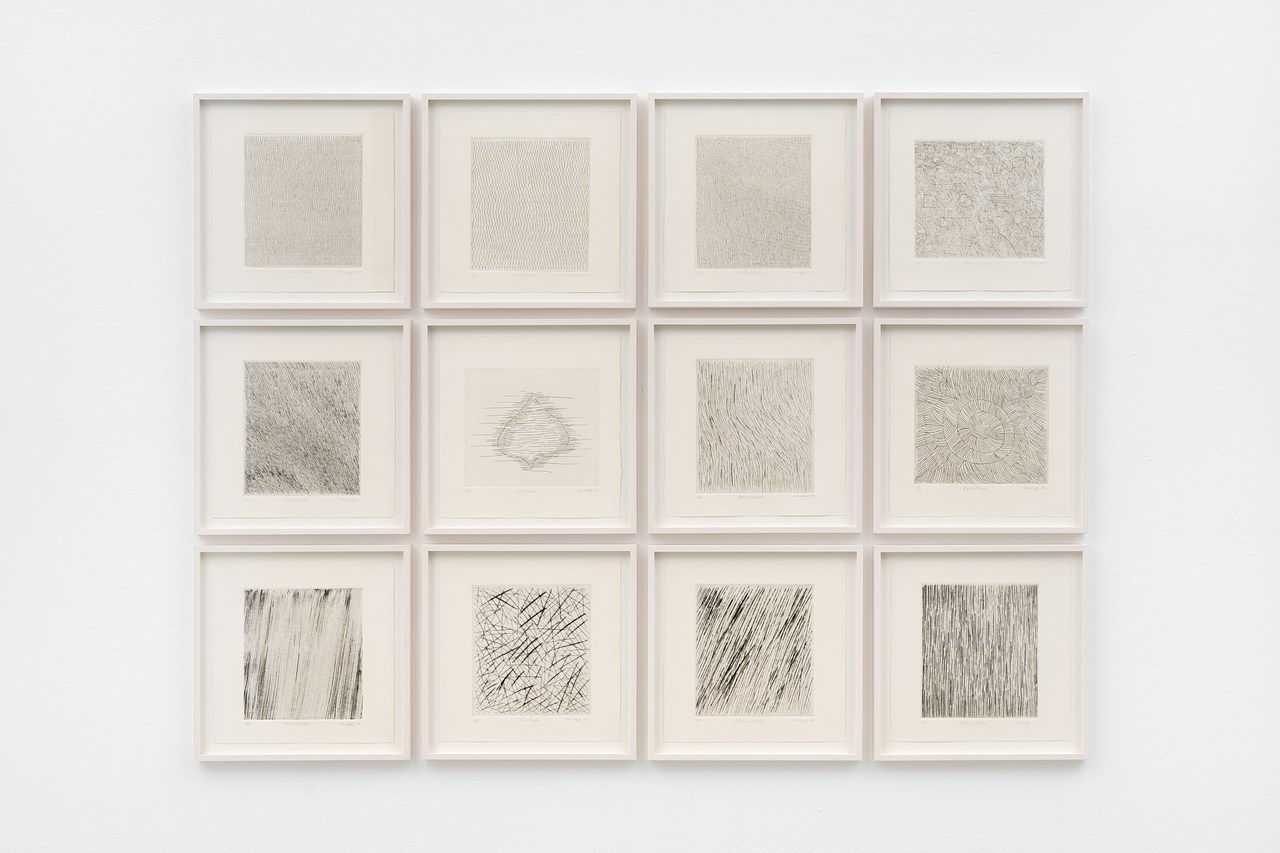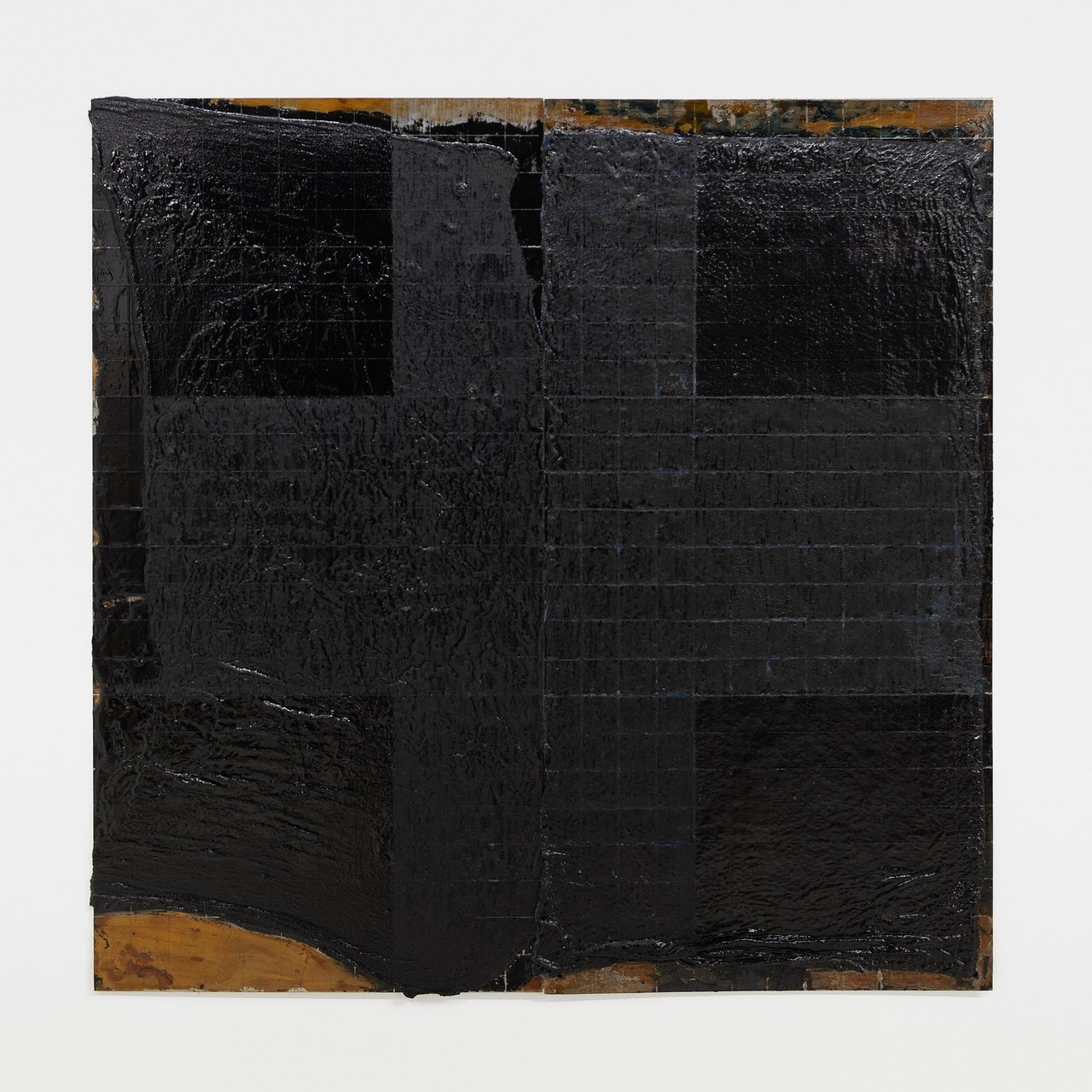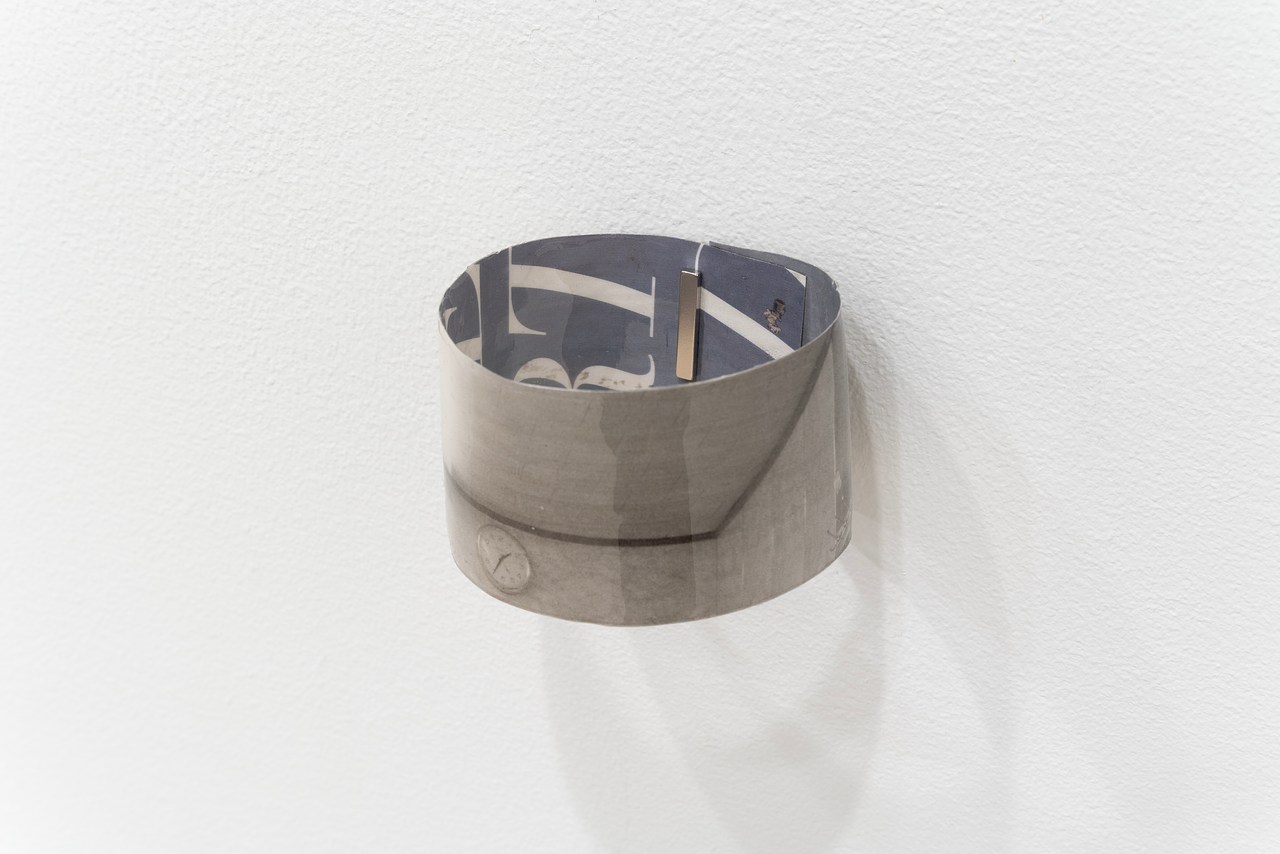The Independent art fair’s “no booth” layout, where there are few walls and visitors can mingle freely, has itself garnered a reputation among dealers. It’s not hard to see why. At the opening of the fair, which runs through May 14 at Tribeca’s Spring Studios, emerging and mid-size galleries showed off their wares as healthy crowds of people moved about, creating a more intimate vibe than is typical at most art fairs.
In the early hours of the opening on Thursday, disgraced art dealer Mary Boone and journalist Anderson Cooper were among the attendees. Cooper stopped by London-based dealer Niru Ratnam’s booth to view works by painter Kimathi Donkor. Meanwhile, New York dealer Nicola Vassell told ARTnews that there had already been several museums vying to buy works by Elizabeth Schwaiger on view in her booth.
As with previous editions, Elizabeth Dee, the fair’s founder and director, said, “Every year we kind of grow this audience exponentially.” According to Dee, the fair expected around 2,000 VIP attendees to attend Thursday morning. “We really choreograph that first three hours carefully,” she said, explaining that giving collectors and dealers the time to have discussions in those opening hours is key.
Twenty-three of the 70-plus participating galleries were staging debut presentations for their artists. Dee told ARTnews that introducing new talent was a focus: “This should be a place that almost mimics a whole day in New York going to galleries.”
Below, a look at the standout showcases.
Copyright
© Art News














